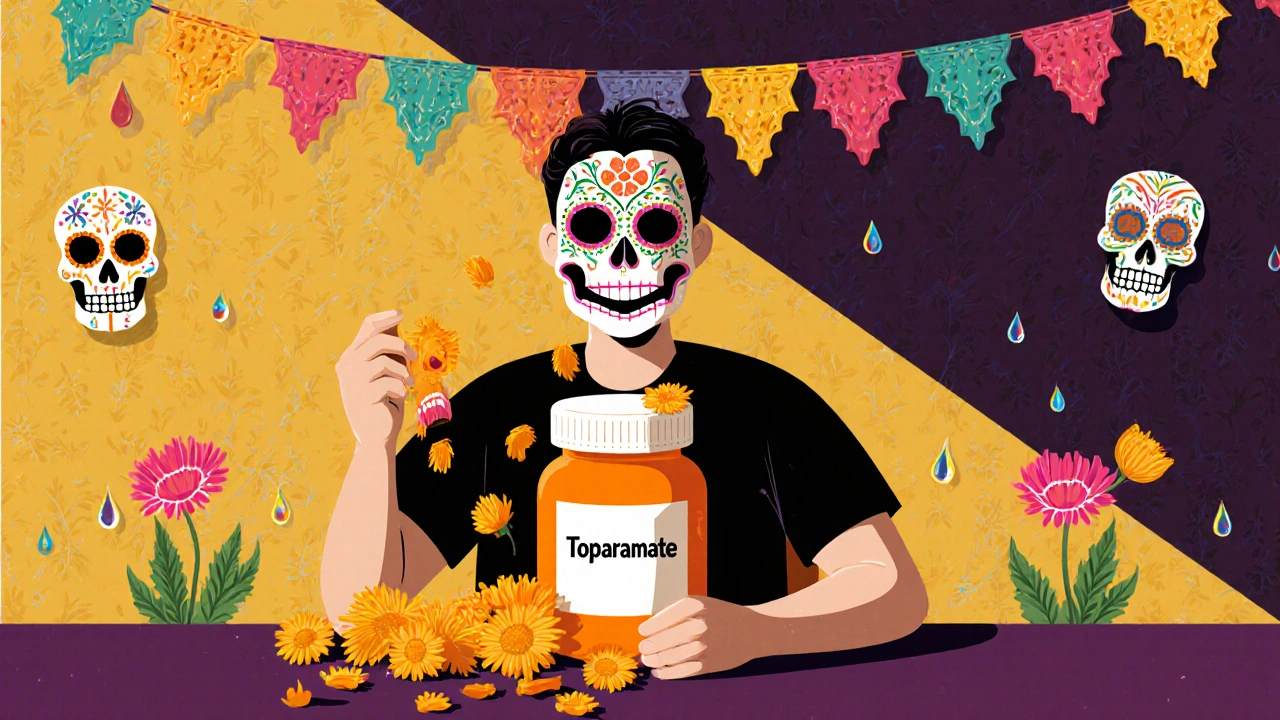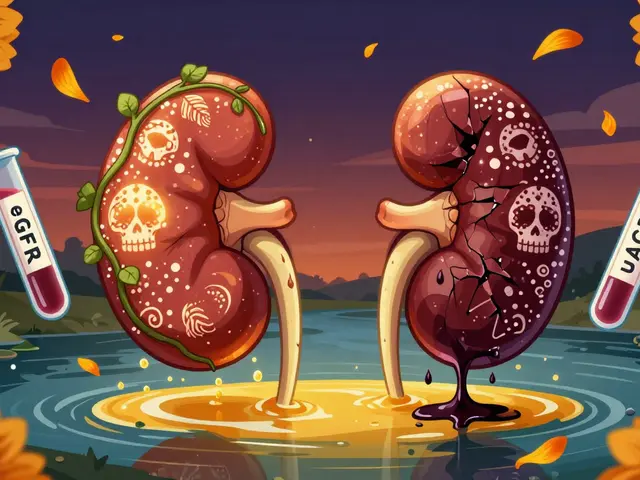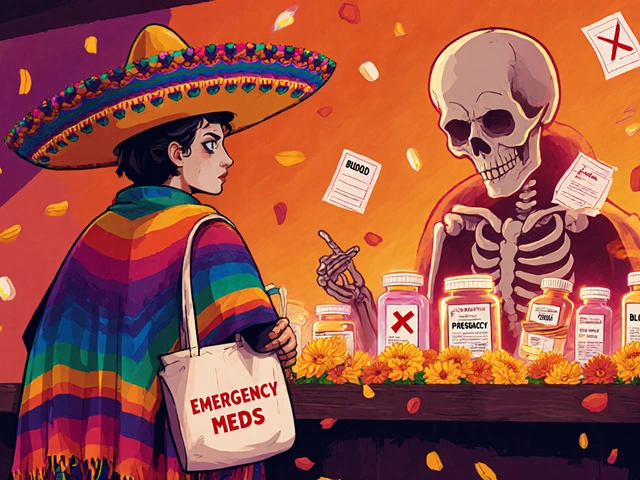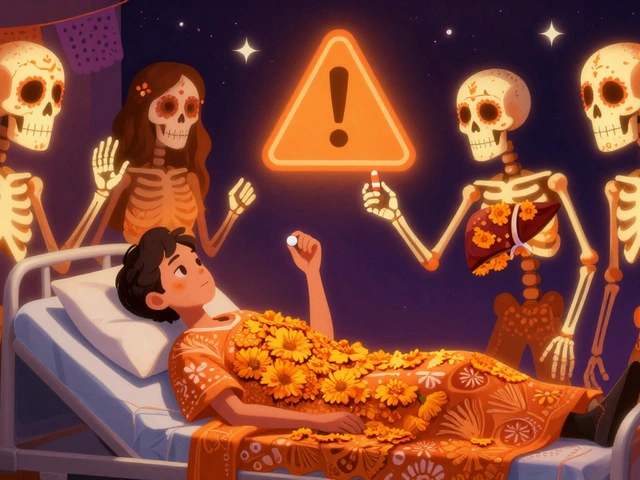Kidney Stones: Causes, Types, Prevention & Treatment
When dealing with kidney stones, hard mineral deposits that form inside the kidneys and can cause severe pain when they move through the urinary tract. Also known as renal calculi, they affect millions each year and can stem from diet, genetics, or dehydration. Understanding how they develop is the first step toward stopping them before they turn into an emergency.
One of the biggest risk factors is hydration, the amount of fluid you drink each day. Drinking enough water dilutes urine, reduces the concentration of stone‑forming minerals, and helps flush tiny crystals out before they grow. Experts recommend at least 2‑3 liters of plain water daily for most adults, and even more if you live in a hot climate or exercise heavily. Pairing water intake with a balanced diet low in excessive salt and animal protein further cuts the odds of stone formation.
Common Types and How They’re Treated
The most frequent type is calcium oxalate stones, crystals made from calcium and oxalic acid, often linked to high‑oxalate foods like spinach, nuts, and chocolate. Other varieties include uric acid stones, struvite stones linked to infections, and cystine stones caused by a rare genetic disorder. Identifying the stone type guides treatment: diet changes for calcium oxalate, medication to lower uric acid, or antibiotics for infection‑related stones.
When a stone is too large to pass on its own, lithotripsy, a non‑invasive procedure that uses shock waves to break stones into smaller fragments is often the first line of action. It’s outpatient, painless for most patients, and avoids surgery. In cases where lithotripsy isn’t suitable—such as very large stones or anatomical blockages—urologists may perform ureteroscopy or percutaneous nephrolithotomy to remove or fragment the stone directly.
Urology, the medical specialty that focuses on the urinary system and male reproductive organs specialists play a key role in diagnosing kidney stones. They use imaging like CT scans or ultrasounds to locate stones, determine size, and decide on the best treatment path. Follow‑up care often includes metabolic testing to pinpoint why stones are forming and personalized prevention plans.
Managing kidney stones isn’t just about reacting when pain strikes; it’s a continuous effort that blends proper fluid intake, mindful eating, and regular medical check‑ups. Below you’ll find a curated selection of articles covering medication guides, disease management tips, and related health topics that can help you stay ahead of kidney‑related issues.

Learn how topiramate can increase kidney stone risk, recognize symptoms, and adopt hydration, diet, and monitoring strategies to prevent and manage stones effectively.
Chris Gore Oct 25, 2025




